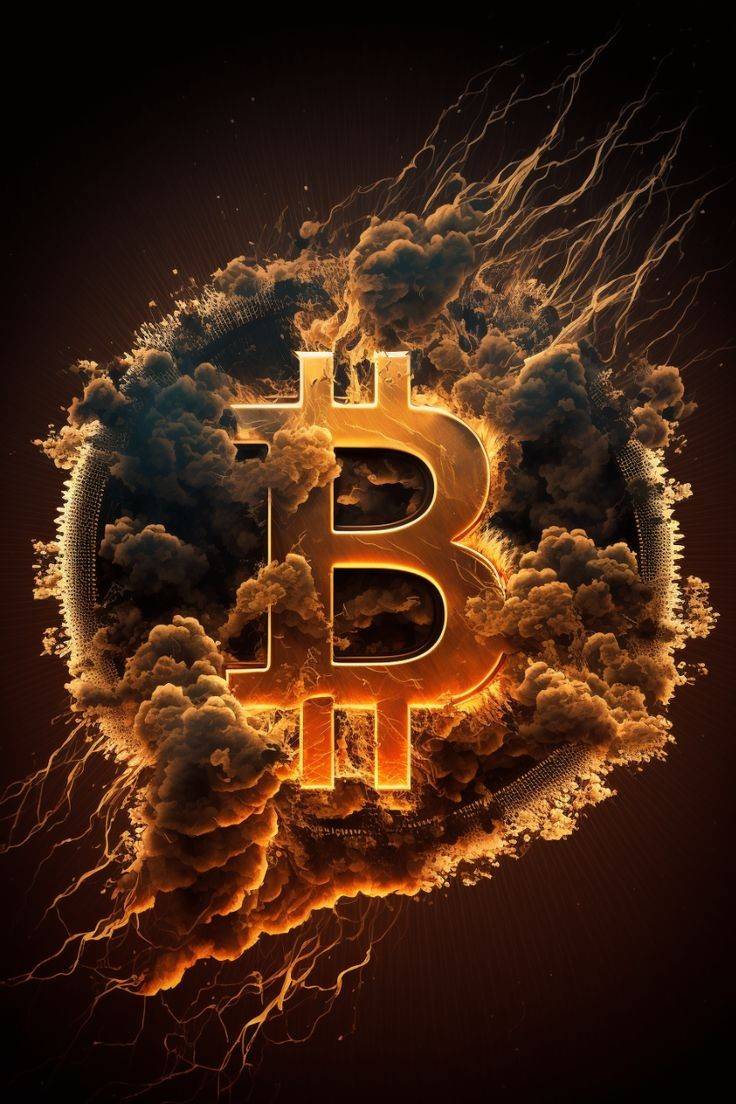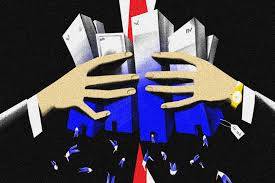The Divide: How the Wealthy Get Richer with the Luxury of Choice
In today’s world, the gap between the wealthy and the poor isn’t just measured in income—it’s also evident in how different socioeconomic groups use their resources to their advantage. A simple yet profound illustration of this difference can be found by comparing two pairs of shoes: one worn by a wealthy individual, the other by someone from a lower-income background. These shoes not only tell a story of material wealth, but also of how the rich get richer in ways the poor cannot.
The Designer Pair: A Symbol of Investment
Imagine a pair of high-end designer shoes, costing several thousand dollars, owned by a wealthy individual. These aren’t just shoes; they are often seen as a status symbol, a symbol of success and exclusivity. But beyond this, they represent an asset. High-end designer items often appreciate in value over time, especially if they are limited edition or part of a special collection. Wealthy people who own these luxury goods may even consider them investments. If the shoes are well-maintained, their resale value could increase significantly over the years, allowing their owner to sell them for a profit.
Furthermore, owning luxury items provides more than just a monetary benefit. It also opens doors to exclusive social circles, opportunities for networking, and even business ventures that might have been inaccessible without the status these shoes confer. In essence, the rich use their ability to acquire high-end goods to reinforce and expand their networks, further increasing their wealth.
The Practical Pair: A Symbol of Survival
Now, consider a second pair of shoes: practical, sturdy, and affordable. These shoes might cost a fraction of the designer pair and are purchased with the primary goal of meeting basic needs. For lower-income individuals, these shoes serve not only as protection but also as a daily necessity. The financial constraints faced by the poor mean that every purchase is typically made with an eye toward functionality and longevity. Unfortunately, these individuals are often locked into a cycle where their limited resources restrict their ability to invest in items that can improve their financial future.
For someone in poverty, the idea of purchasing shoes as an investment or status symbol seems almost unattainable. They might prioritize immediate needs—rent, utilities, groceries—over any long-term asset-building strategies. Even if they did have access to luxury goods, they are far less likely to have the resources to maintain them properly or to sell them for profit. Instead, the poor often find themselves living paycheck to paycheck, unable to accumulate assets that could appreciate or yield returns.
The Cycle of Wealth and Poverty
This disparity between the rich and the poor is rooted in the ways wealth circulates within society. The wealthy can leverage their assets, whether it’s in the form of luxury goods or real estate, to generate more wealth. For example, the resale of designer shoes could help fund the purchase of other luxury goods or investments. This cycle of reinvestment creates a snowball effect, where wealth continues to accumulate, often without any of the sacrifices or limitations that the poor face.
On the other hand, those in poverty are often caught in a cycle of consumption rather than investment. Every dollar spent is needed to meet immediate needs, leaving little room for opportunities to build long-term wealth. They can’t afford to buy assets that will increase in value or provide returns. Instead, their expenditures go toward necessities, with little left for financial growth.
Conclusion
While a pair of designer shoes and a practical pair may seem trivial on the surface, they embody a much deeper social issue: the systemic nature of wealth inequality. The wealthy get richer not only by earning more money but by investing in assets and networks that continue to grow their wealth. The poor, on the other hand, are often trapped in a cycle where every financial decision is about survival, rather than investment. This difference in financial freedom is one of the key factors that perpetuates the divide between the rich and the poor.


